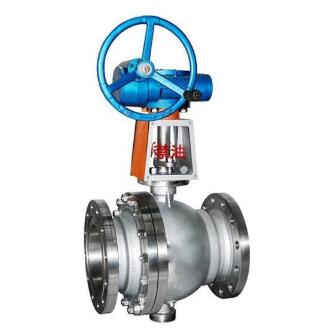 info@shxvalve.com
info@shxvalve.com info@shxvalve.com
info@shxvalve.comMobile:+86-17717520739
Wechat:17717520739
Email:info@shxvalve.com
Address: NO.720, Suide Road, Jiading District,Shanghai, China.














Stainless steel oxygen ball valve as the opening and closing device on the oxygen conveying pipe in metallurgical industry, has many special strict requirements compared with other general valves.Because oxygen is flammable and explosive dangerous goods, it is necessary to prevent leakage, anti-static, fire prevention, in order to avoid accidents.In the structure, the design is: when the oxygen ball valve disc is opened and closed, the oxygen ball valve stem only lifts and does not rotate, which effectively reduces the wear of the sealing pair, packing wear and the upper sealing wear;The side flange is equipped with grounding screws to avoid generating electrostatic sparks.The exposed part of the valve stem is sealed with plexiglass to prevent dust and oil.
Stainless steel oxygen ball valve characteristics:
1.It has the advantages of good sealing performance, light and flexible operation, safe and reliable, and long service life.
2.Oxygen ball valve is a special valve of oxygen pipe network.Besides the function of ordinary ball valve, it also has the characteristics of good flame retardancy, good electrical conductivity, fast heat transfer, compact structure, oil proof, safe and reliable, etc.With the development of metallurgical industry.Oxygen ball valve and oxygen special stop valve are widely used in iron and steel, metallurgy, medicine, chemical industry and other industries.
Stainless steel oxygen ball valve usage Scope:
Because of good flame retardancy, good electrical conductivity, fast heat transfer, compact structure, oil proof, safe and reliable and other characteristics have been used in all walks of life.They mainly focus on the following aspects:
1. Weak corrosive materials in chemical and petrochemical production, such as water, ammonia, oil, hydrocarbons, etc.
2. Corrosive materials in chemical production, such as: caustic soda, soda, concentrated dilute sulfuric acid, carbonic acid, acetic acid, ester acid, etc.
3. Low temperature materials in refrigeration, such as liquid methane, liquid ammonia, liquid oxygen and various refrigerants.
4. hygienic materials in the production of light industry food and pharmaceutical, such as beer, beverage, dairy products, grain pulp, etc.
